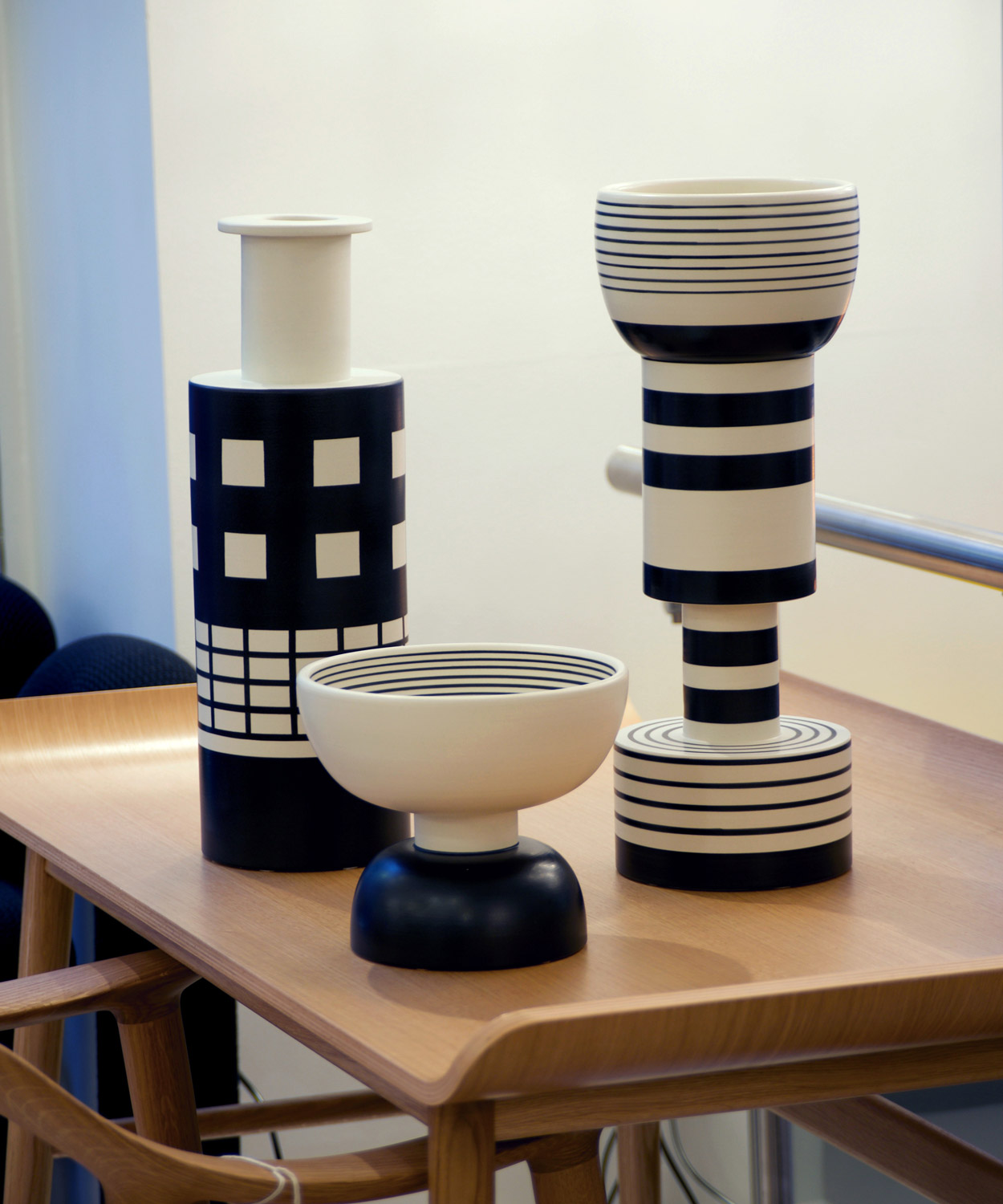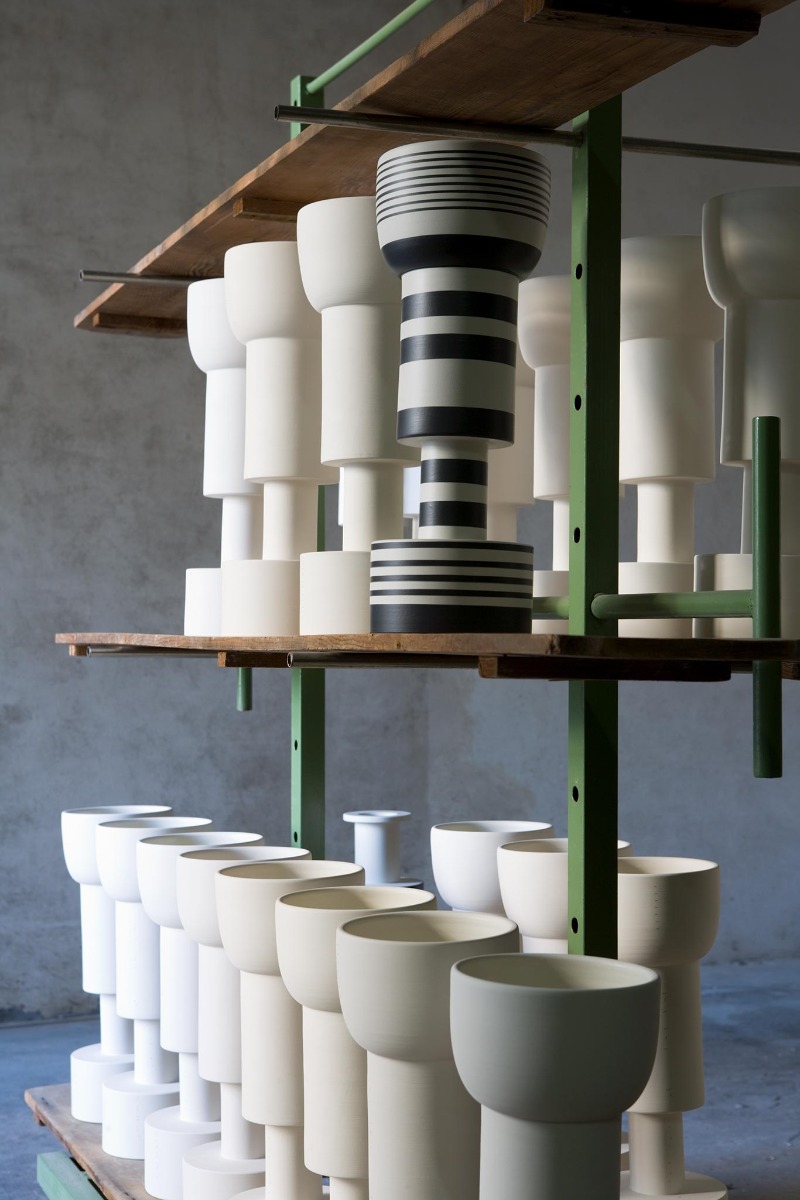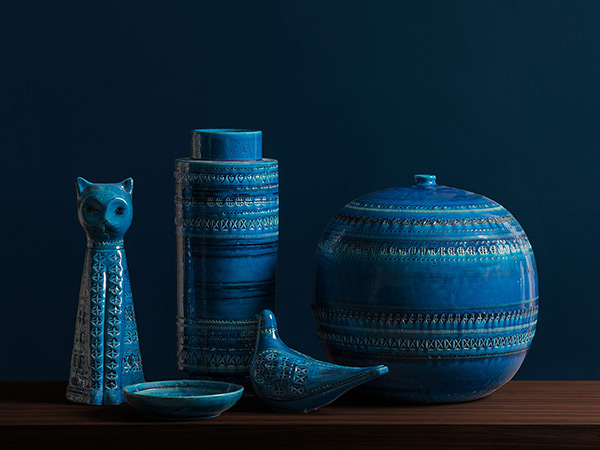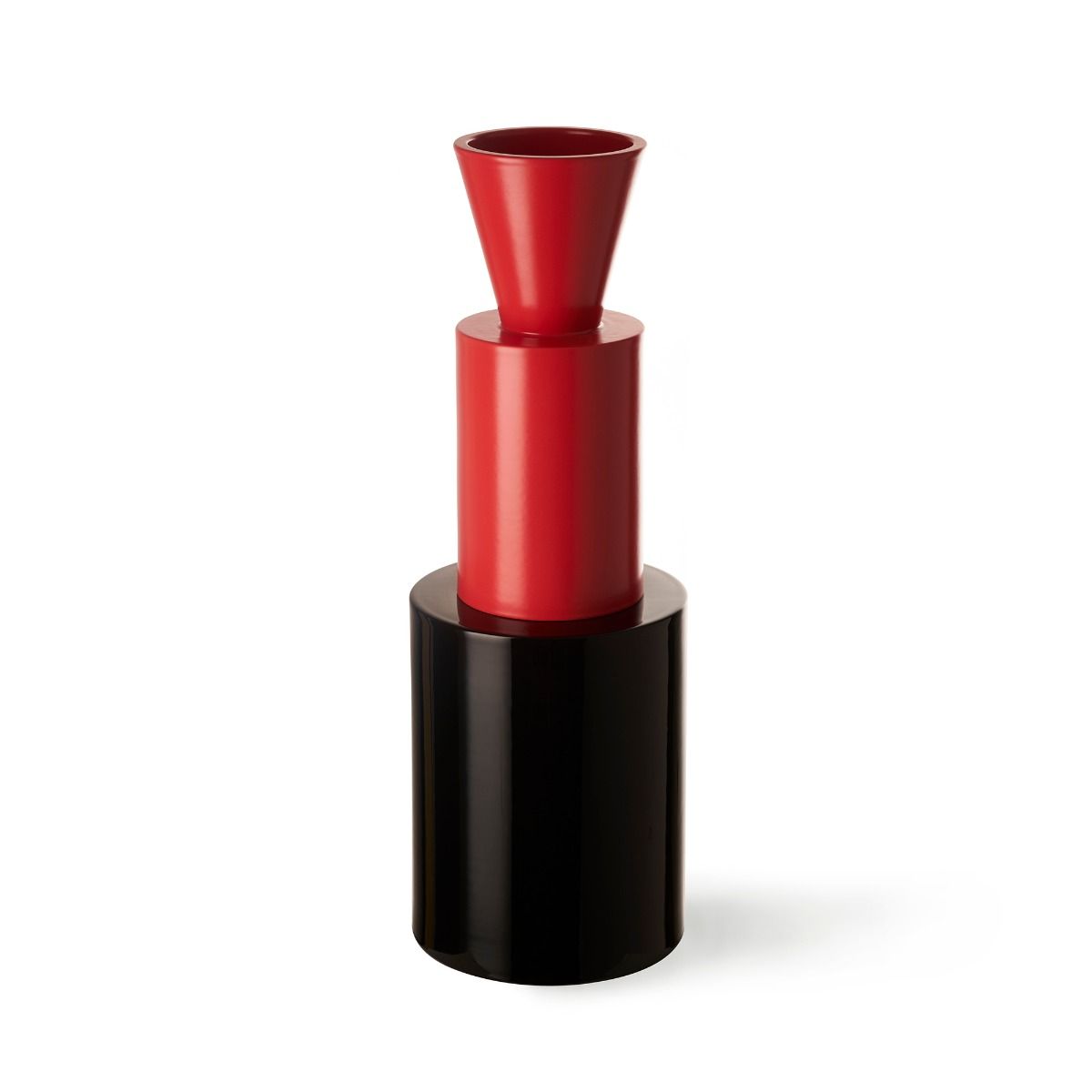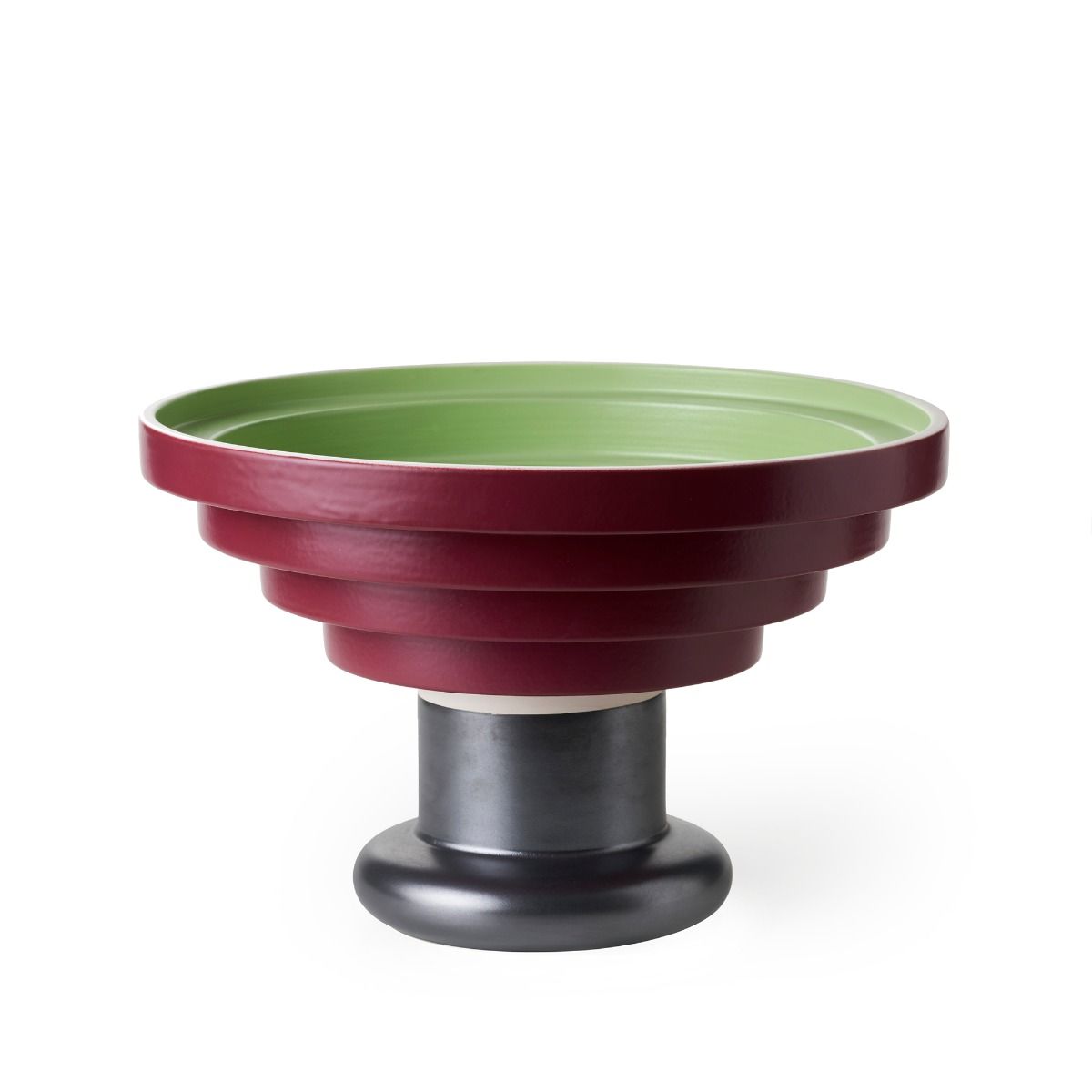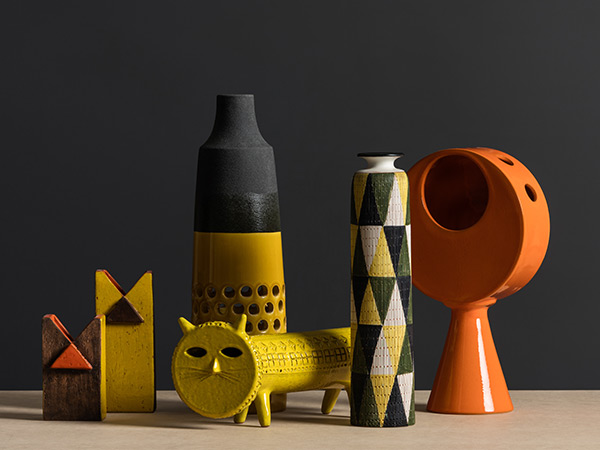The Bitossi family was documented in the territory of Montelupo Fiorentino as early as 1536. Over the centuries, they have been kiln workers, sculptors, painters, and especially potters in this area with its ancient ceramic traditions, only a few kilometers from Florence. In the 20th century, the Bitossis introduced an extraordinary stylistic and formal renewal of their production.
In 1921, Guido Bitossi, heir to a long dynasty and tradition, founded the “Maioliche artistiche Guido Bitossi” factory, and began a type of production still linked to the traditional and classical styles of the past, but combined with research and a study of ceramic products. In the early 1950s, the company powerfully launched itself into modernity under the artistic direction of Aldo Londi, a man with an innate creative and aesthetic sense and a key eye for changes in taste and style in Italian ceramics. Londi joined Bitossi in 1946, and from that time on, he was the undisputed creative figure for over fifty years, first as a painter, then as artistic director, and finally as a tireless researcher of styles and examples to be emulated.


